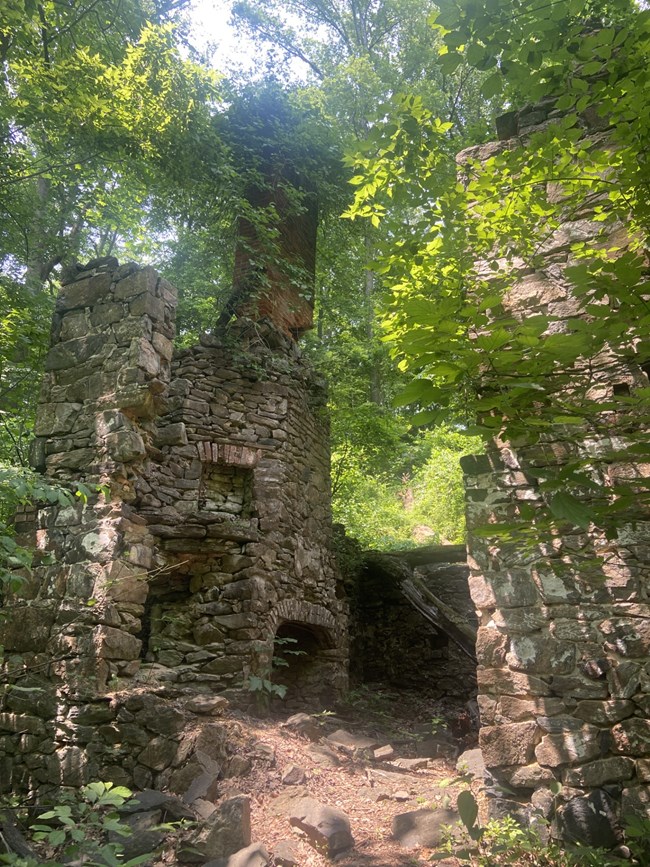Last updated: August 18, 2025
Article
The Quaker Settlers of Brandywine Valley

National Park Service
People often ask about the distinctive features of Brandywine Valley and how they came to be. The answer is that most of the houses and barns that remain in the Valley reflect 18th and 19th century early generational farming patterns. For example, in or about 1721, Robert Green purchased all of the land in the Park on the North side of Beaver Valley Road in Pennsylvania. As his sons became of age, he began carving up and transferring sections of his land for his sons and grandsons in plots that were economically sufficient at the time to support a family. Their farms, houses and barns, including their original fence line boundaries, remain on the north side of Beaver Valley Road in Pennsylvania, reflecting the boundaries set for them in the 1815 Orphan’s Court division of Green’s property. Nicholas Newlin purchased 800 acres on both the north and south side of Beaver Valley Road in PA where his descendants later settled. William Hicklin purchased 180 acres of land at 502 Beaver Valley Road in Delaware. His house (1725) still stands today. In 1801, he, like Robert Green, began dividing his lands among three sons; the fourth of Hicklin’s sons did not receive any land, suggesting that further division would not have been economically viable. These farms survived for another 50-60 years or so but ultimately proved too small to be economically viable in the later part of the 19th and early 20 Centuries.
In the beginning of the 20th century, William Bancroft and his Woodlawn Trust began buying up and preserving virtually all of the Brandywine Valley properties, allowing many of the 18th and 19th century structures and their original farm boundaries to survive as they were two centuries ago.
